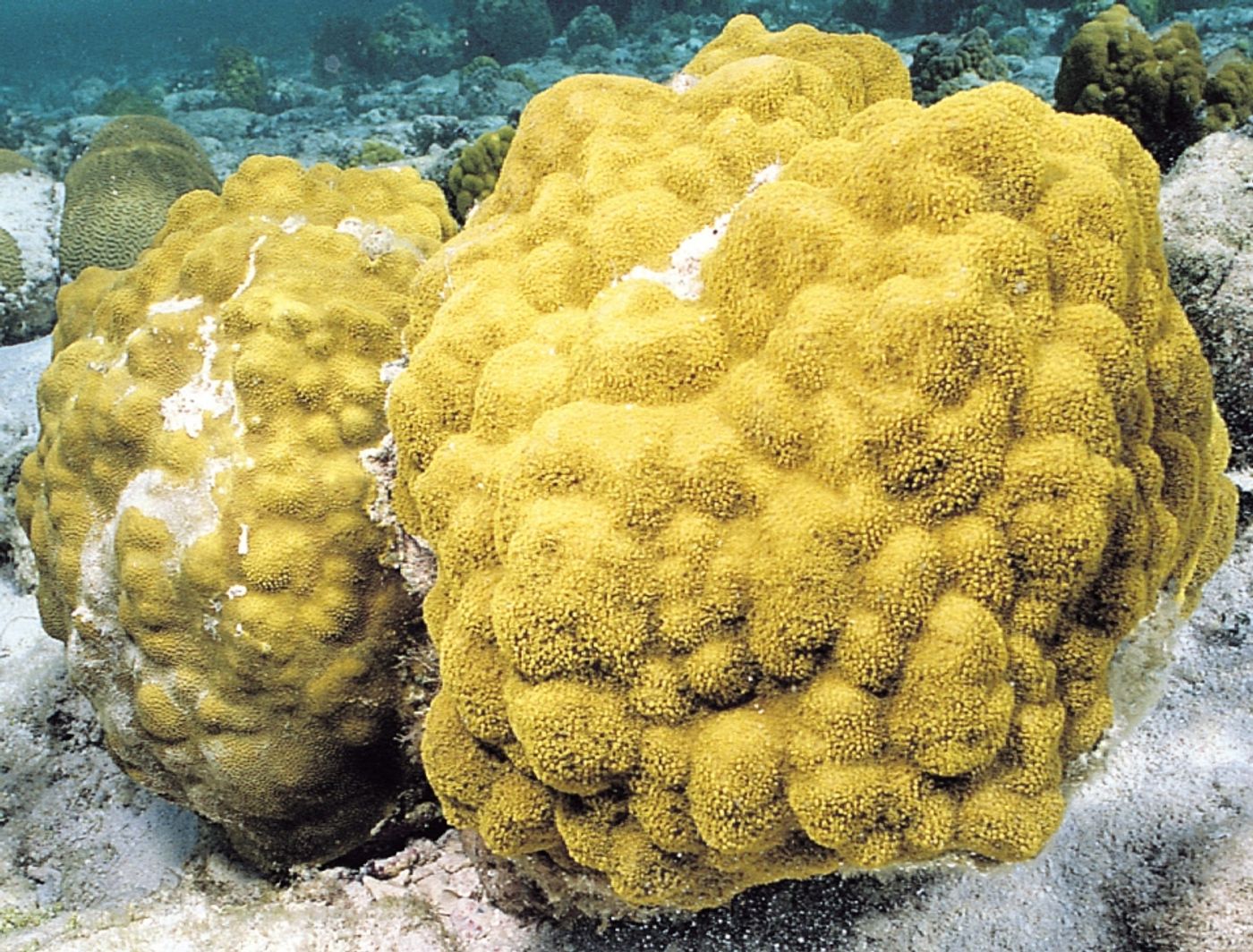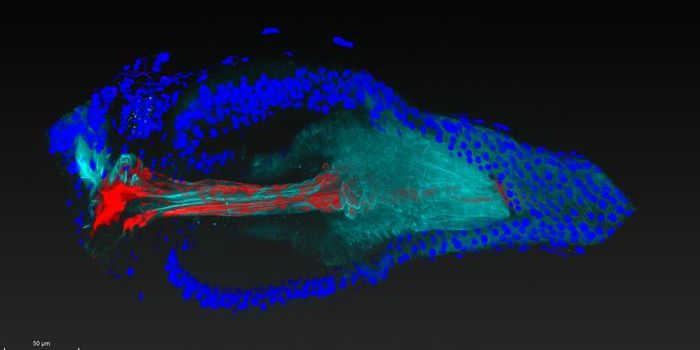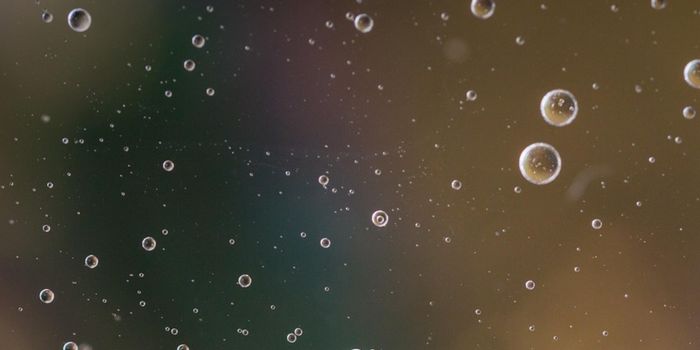Corals live in the ocean, of course. Well, so do many microbes - bacteria, viruses, and algae, for example. It’s no surprise then, that corals and microbes interact.
Researchers at the Woods Hole Oceanographic Institution wanted to know more about these coral-microbe interactions. They found that the corals and planktonic bacteria (called picoplankton) have a pretty great relationship. The corals produce organic matter that is eaten by bacteria, and the bacteria are then eaten by the corals. (Ok, maybe the bacteria get a raw deal.)
According to study author Amy Apprill, “We've known that marine microbes play major roles in moving nutrients and recycling matter into forms that are more usable to the corals. But this study demonstrates for the first time that corals are having some control on the production of microbes around them, and that the corals are using that to benefit their own growth."
So, how’d they figure all this out? The group used nine tanks of seawater that contained marine microbes. Three of the tanks were treated with mucus made by the corals (Porites astreoides), coral itself was added to three other tanks (and later removed), and the remaining tanks were controls that received no treatment.
They found that the presence of the corals decreased the number of microbes in the seawater. According to Apprill, “When we put the corals in the tanks, the microbes in the sea water were drastically reduced in numbers. We observed that the corals were selectively feeding on several types of bacteria—Rhodobacteraceae,
Synechococcus, and SAR11, which are [the] most abundant groups of bacteria in the ocean. We then took the corals out of the sea water tanks, and we observed a strong increase in these microbes."
Not only did the microbe populations recover after the corals were removed, but they recovered much more quickly than expected. This suggests that the corals are modifying the environment, making it more hospitable for the microbes.
The researchers also identified a key role for the bacteria in the overall nitrogen cycle. When the corals and bacteria interacted, nitrogen remineralized in the tanks. This indicated that coral-associated bacteria are responsible for converting toxic ammonia into products like nitrate. "Until now, it wasn't known exactly where the process was occurring, whether it was happening in the sand or in the water column or in association with corals,” says coauthor Alyson Santoro. "This study shows that this detoxifying process is directly and physically associated with the corals."
What about the tanks that contained coral mucus and microbes? The mucus itself didn’t have much effect on bacterial growth. This means that the corals produce some other product that helps bacteria to grow. However, the jury is still out on exactly what that product may be.
Sources: Woods Hole Oceanographic Institution,
Limnology and Oceanography, Wikipedia









